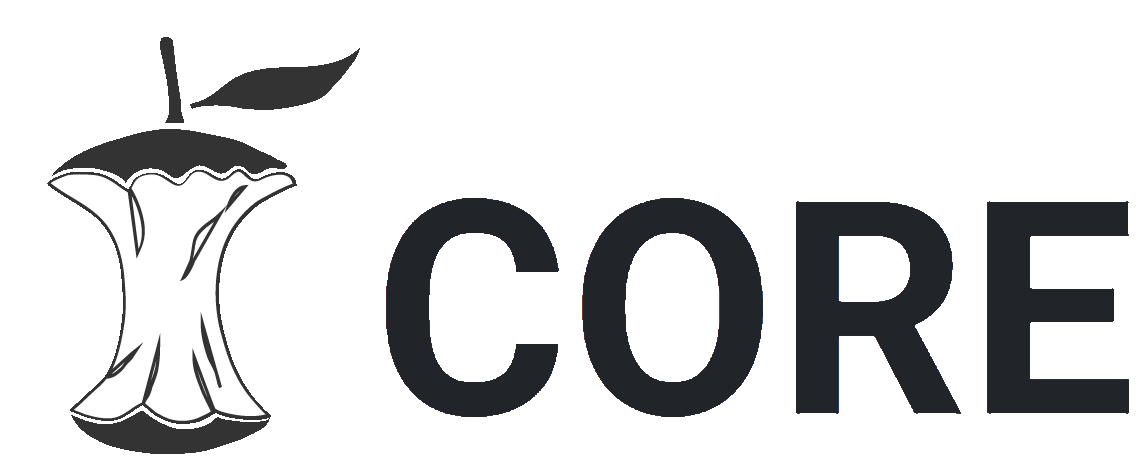Publicación: Práctica herramienta para diagnosticar el nivel de desempeño del SG-SST en cualquier empresa
Portada
Citas bibliográficas
Código QR
Autores
Autor corporativo
Recolector de datos
Otros/Desconocido
Director audiovisual
Editor/Compilador
Editores
Tipo de Material
Fecha
Cita bibliográfica
Título de serie/ reporte/ volumen/ colección
Es Parte de
Resumen en español
How many consultants and designers of occupational health and safety management systems would like to have a magic wand or a lamp like Aladdin's to diagnose the performance level of the Occupational Safety and Health Management System, SG-SST in any type of company, and thus know, for sure, the degree of efficiency, effectiveness and effectiveness of the system to anticipate, recognize, evaluate and control the risks that may affect safety and health at work. For this, there is no laboratory test such as the lipid profile that measures the level of cholesterol in the blood, nor devices or devices such as the mercury sphygmomanometer and the stethoscope that measure blood pressure. Furthermore, in a world as convulsed and frantic as ours, the time factor is an essential, non-renewable resource that does not forgive any use or waste; on the contrary, it urges consultants to hasty, imprecise or short-range opinions. Just as the doctor relies on symptoms, signs, physical examination and complementary examinations to confirm or rule out a disease or to determine the degree of vigor in a patient; the consultant or designer of SG-SST in the diagnostic process, is urged to have a tool that facilitates the performance of both mechanical tasks as well as analytics to determine exactly, with what account and what is missing from the SG-SST to achieve the proposed results or its optimal performance. The symbiosis of the two essential characteristics of the tool, being mechanical and analytical, together with the saving of time, make up a wonderful trilogy of the project. Hence the relevance of the project, because three factors (data collection, analysis of information and time) merge to deliver an accurate opinion within 3.5 times less than it would take on average for a consultant to give the opinion, regardless , the nature of the organization, the size of the working population, the complexity of its organizational structure, the sector to which it belongs, and the quantum of its assets. Where the excellence or quality of the project is evident in the effectiveness of the tool, not only for its main purpose, but also for the added value chain. The consultant, in addition to giving the client an opinion, in turn, will allow him in relation to the provision of his service: plan his work based on real events and man / hour consumption; determine what type of resources you need, in quantity and suitability; identify the risks and opportunities associated with the provision of the service; anticipate and plan actions to address changes; define the milestones of execution of the work plan for the traceability of the evolution of the service provision and the control points by the client or interested party in the project; and lastly, assess the price or value of your fees as an advisor, freelance or independent or dependent worker. In summary, the raison d'être of the project is to provide solutions to a set of problems, closely related to the issue of assessing the fair price of the service to be provided, where both those who provide the service and those who receive it win mutually. The project presents solutions to the supplier, the client and the interested parties in the project. For this reason, the theoretical framework of the project is based on what has been called the “Theory of the current state of the System or Teas”. The Teas theory arises after five years of experience as service provider where valuing an intangible becomes equally a problem, when it is overcharged or undercharged and there is no going back to readjust the price. The Teas theory proposes that the fair price of the provision of the service, with respect to a Management System, be established from: 1. A diagnosis of the current state of the management system, and 2. Make sure that you have specified the needs and expectations of the client and interested parties in the management project. Only then, says Teas, the consultant will be able to design a job proposal that is fair in terms of benefits. The diagnosis of the current state of the management system refers to its level or degree of performance, that is, how much capacity or strength does the system have to achieve the estimated or expected results to be achieved. The performance, capacity or strength can be classified as you like between the parties or by the consultant himself, as low, moderate, medium or high; It can be a scale of three, four or more levels with other names, for example, neutral, controllable, uncontrollable. This level of performance is viewed from the perspective of the PHVA cycle (plan, do, verify and act) and compliance with legal requirements. Instead, point two is to meet customer requirements. The identification of customer needs and expectations is based on clause 3.8.7 of ISO 900: 2015 which verbatim says: «3.8.7 Specification. Document (3.8.5) that establishes requirements (3.6.4) »The specification is the activity of making sure what it is that the client and interested parties want now (need) and in the future (expectation) and leave it clearly expressed in a document regardless of whether that information is contained in a medium other than written. (ICONTEC, 2015, p. 24) Therefore, what the project seeks in general is to design a dynamic and interactive tool in a spreadsheet that includes the legal requirements applicable to the SG-SST and specifically, provide the user of the tool with a methodology of analysis of the data and information collected. Thus, the methodology used in the project is based on the tool being characterized in being dynamic, interactive in such a way that the user can not only collect the data very quickly, and that they are also supported and classified as objective evidence. (they support the existence or veracity of this data and information obtained) Finally, what is expected with the project is to provide the provider with a tool that allows him to assess the provision of his service effectively where not only he and his client win, but also the parties interested in the project or work proposal.
Descripción general
Notas
URL del Recurso
Identificador ISBN
Identificador ISSN
Página de inicio
Es Parte del Libro
Colecciones


 PDF
PDF  FLIP
FLIP 


